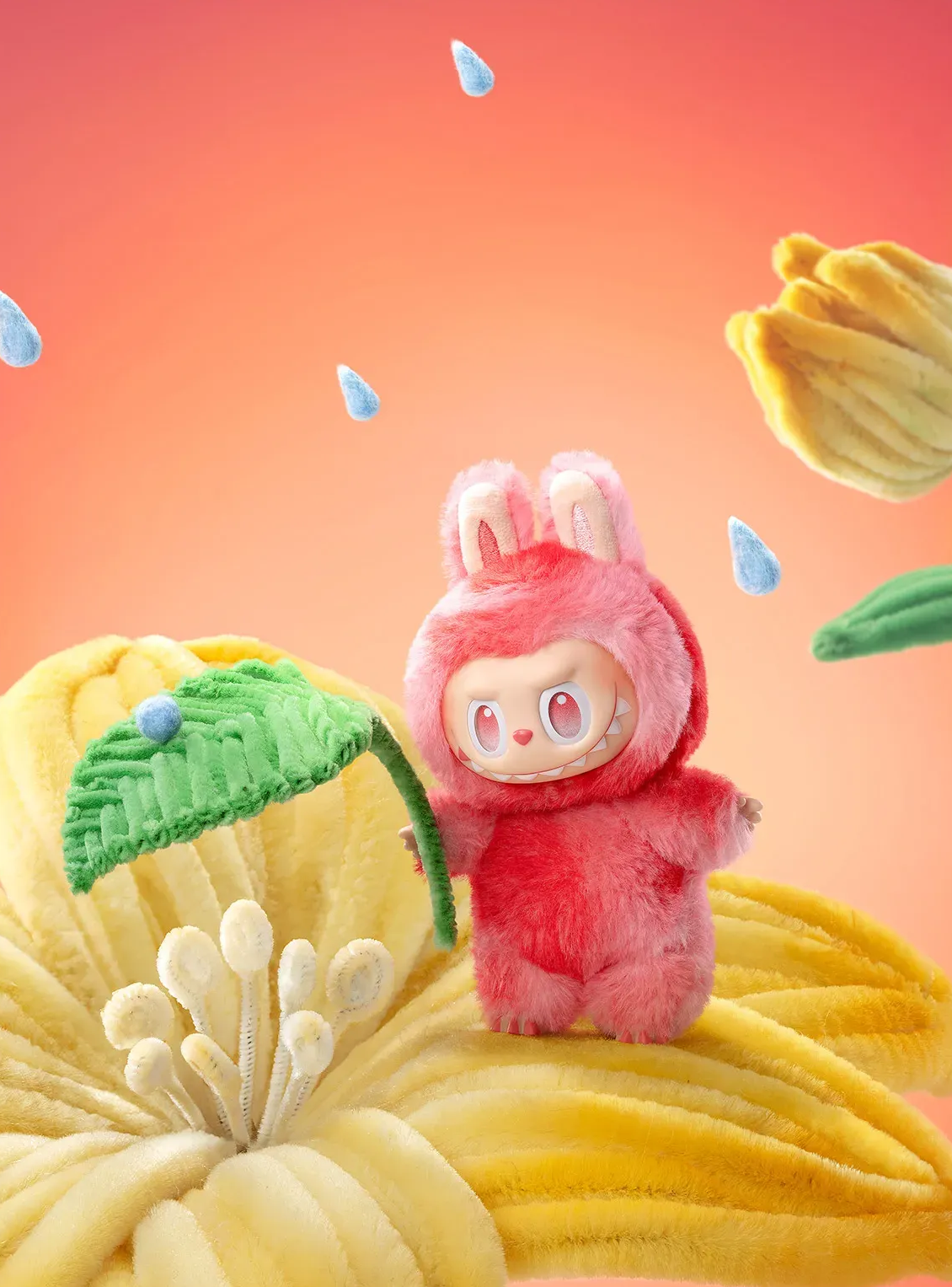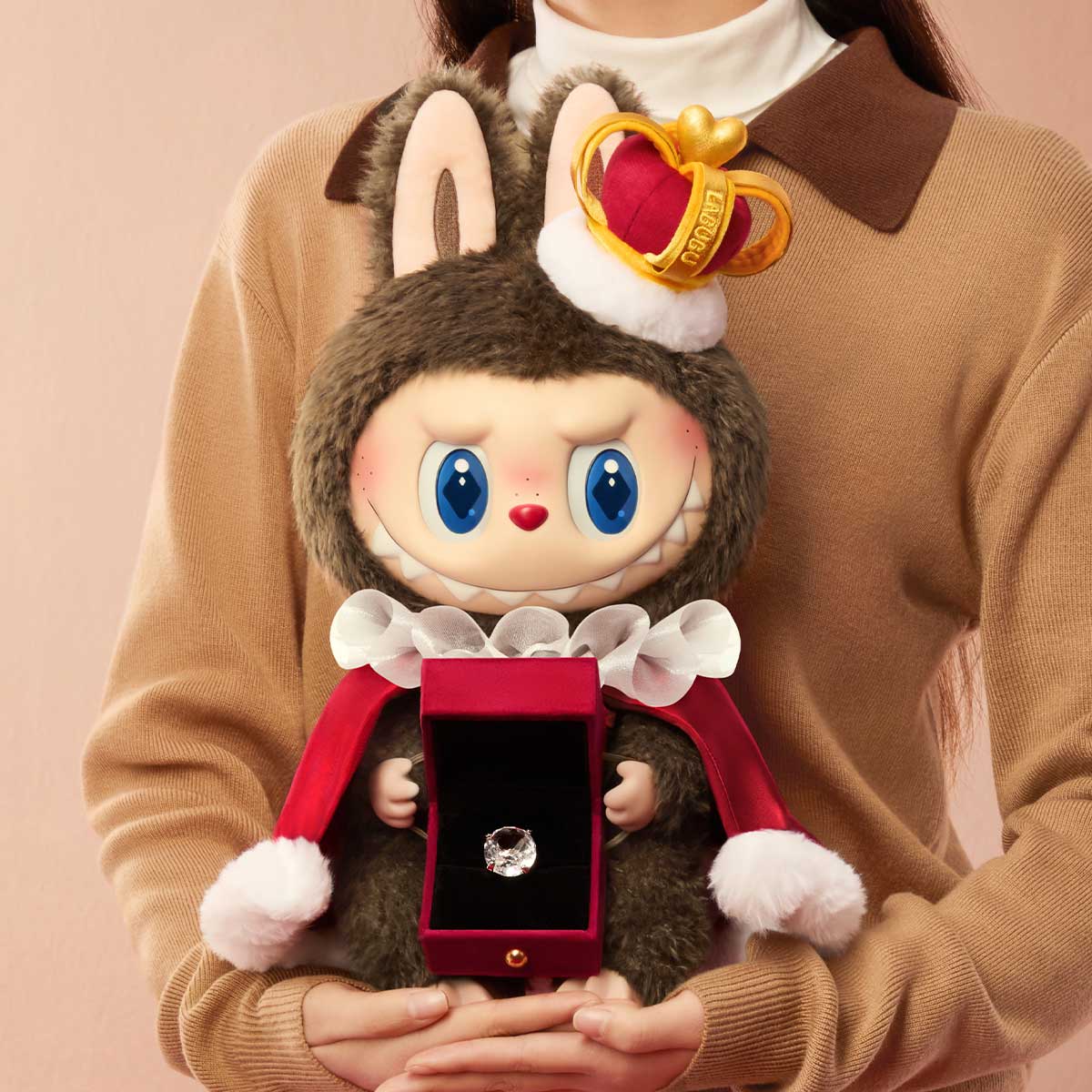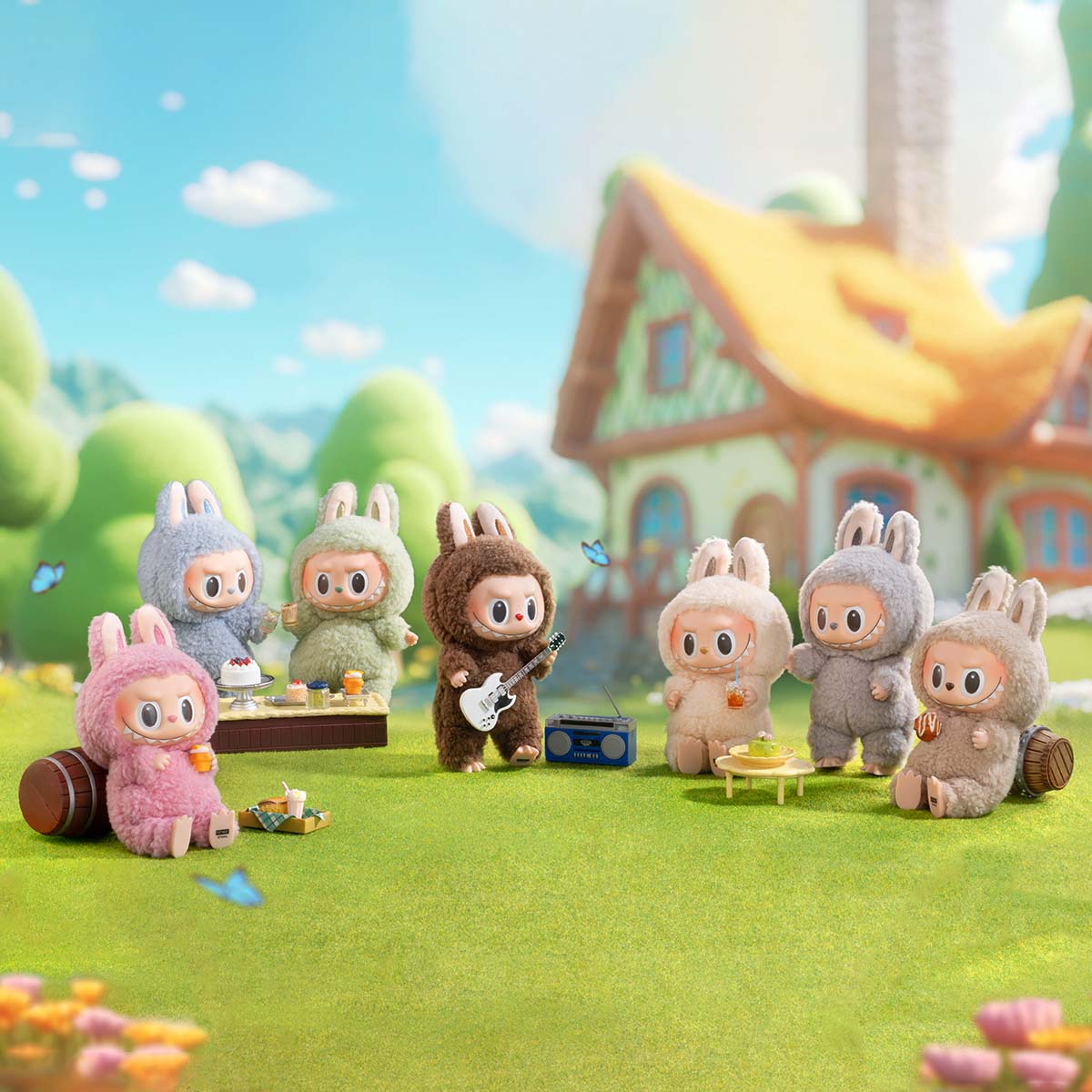If you told us a year ago that a quirky plush toy with jagged teeth and pointy ears would generate $419 million in revenue and push its parent company's valuation past $44 billion—surpassing Mattel, Hasbro, and Sanrio combined—we'd have questioned your sanity. Yet here we are, witnessing the Labubu phenomenon that's rewriting the playbook for e-commerce success.
Pop Mart's meteoric rise isn't just a toy story—it's a masterclass in modern marketing psychology that every US e-commerce seller needs to understand. Let's dive into the strategies that transformed an "ugly-cute" collectible into a global obsession.

The Psychology Behind the Madness
Scarcity Creates Obsession
Pop Mart's genius lies in understanding a fundamental truth: scarcity breeds desire. Unlike traditional toy companies that flood markets with inventory, Pop Mart operates on controlled scarcity. They don't mass-produce—they release in strategic waves, creating what marketing experts call "manufactured FOMO."
"The use of scarcity is a potent marketing strategy for enterprises. Scarcity cultivates exclusivity and fosters a feeling of belonging within a community," notes Forbes. When Labubu drops hit stores, collectors line up worldwide, knowing they might miss out on the next viral variant.
The Blind Box Brilliance
The "blind box" model is behavioral economics in action. Customers purchase sealed boxes without knowing which character they're getting, creating a dopamine-driven loop that mirrors mobile game mechanics. This isn't just selling products—it's selling moments of anticipation.
Each unboxing becomes a mini-event, perfectly designed for social media sharing. The surprise factor transforms routine purchases into content-worthy experiences that fuel organic reach across platforms.

The Social Media Amplification Engine
User-Generated Content as Currency
Pop Mart didn't rely on expensive ad campaigns. Instead, they engineered their product for shareability. TikTok unboxings, collection reveals, and emotional reactions create a perfect storm where "each post feeds the algorithm, and in turn, the fandom".
The numbers speak volumes: Pop Mart generated $4.8 million in TikTok Shop sales in April 2025 alone—an 89% increase from March—while overall TikTok Shop sales actually declined. Their year-over-year growth on the platform? A staggering 1,000%.
Celebrity Amplification Without Celebrity Budgets
When Rihanna and Dua Lipa were spotted with Labubu bag charms, and BLACKPINK's Lisa shared her collection on Instagram, Pop Mart achieved what million-dollar celebrity endorsement deals typically accomplish—organically. One celebrity photo triggered a 30% spike in sales.

The Omnichannel Ecosystem Strategy
Physical Meets Digital
Pop Mart's success stems from creating an integrated ecosystem where every touchpoint reinforces the brand experience. Their 2,300 vending machines aren't just distribution points—they're 24/7 brand ambassadors that bring the unboxing thrill to airports and malls.
Their WeChat Mini Program features a "shaking box" function that recreates the blind box experience virtually, turning digital purchases into interactive events. Users engage dozens of times daily, chasing the rush of the reveal.
Community-Driven Growth
Rather than controlling their narrative, Pop Mart empowers superfans to organize trading communities, fan groups, and user-generated campaigns. They provide the infrastructure—points systems, voting mechanisms, rewards—while letting passionate collectors drive engagement.

Key Takeaways for US E-commerce Sellers
1. Engineer Scarcity, Don't Just Limit Stock
Replace endless sale cycles with timed exclusives and surprise drops. "Ditch the endless 'sale' cycles. Instead, replace them with timed exclusives, randomized add-ons, or trading programs that reward frequent buyers".
2. Design for Social Sharing
Ask yourself: What part of your product experience is "unboxable" or "Instagrammable"? Pop Mart proves that products built for surprise and shareability can achieve viral growth without traditional advertising budgets.
3. Create Tiered Accessibility
Pop Mart keeps entry-level products accessible while making premium variants aspirational. "Entry-level users should feel welcome; super-users should have something worth paying extra for".
4. Build Community, Not Just Customer Lists
Transform your customer base into a marketing engine by rewarding user-generated content, creating recognition programs, and sharing control with your most passionate advocates.
5. Leverage Behavioral Economics
Incorporate elements of surprise, randomization, and reward loops into your customer journey. Every interaction should feel like an event, not a transaction.
The Bottom Line
Pop Mart's success isn't about selling toys—it's about selling experiences, identity, and belonging. They've proven that "today's consumers aren't just buying products—they're buying experiences, identity, and status".
For US e-commerce sellers, the Labubu phenomenon offers a clear blueprint: obsession beats awareness every time. You don't need mass appeal to win—you need deep connection with your audience.
The question isn't whether you can replicate Pop Mart's exact strategy, but whether you can apply their core principles: scarcity, surprise, community, and shareability. In an increasingly crowded e-commerce landscape, these aren't just nice-to-haves—they're competitive necessities.
As Pop Mart continues its US expansion with flagship stores and strategic partnerships, one thing is clear: the future of e-commerce belongs to brands that understand the psychology of desire, not just the mechanics of selling.
Ready to transform your e-commerce strategy? Start by asking: What would make your customers line up at 6 AM for your next product drop?




Discussion